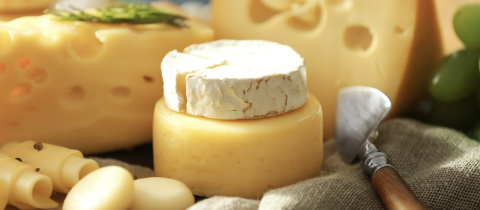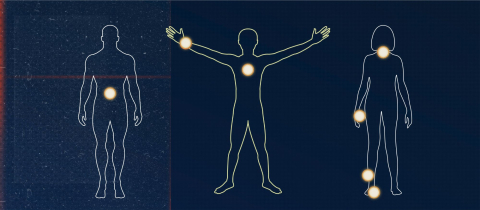You stick them into a birthday cake, stand back and revel in the brilliant shower of sparks. What you are witnessing are glowing metal particles, usually aluminum, but iron titanium, zinc or magnesium can also be used. They glow because they are undergoing combustion. In other words, the little metallic particles are burning, undergoing a reaction with oxygen to form metal oxides.
In order to produce an intense glow, more oxygen is needed than is available from the surrounding air. This is where the potassium perchlorate comes in. It is an oxidizing agent, meaning that it is a source of oxygen. Potassium chlorate undergoes a chemical reaction, initiated by the lighting of the sparkler, whereby it decomposes to yield potassium chloride and oxygen. The oxygen then combines with the metal, allowing it to burn. This combustion process produces heat, which then decomposes more potassium perchlorate, yielding more oxygen, which then combines with more metal, and on and on until one of the reagents runs out.
The metals are bound to a wire with dextrin, a carbohydrate composed of short chains of glucose molecules, produced by the partial breakdown of starch. Like starch, it can act as a glue when moistened, allowing the metal particles and the potassium perchlorate to bind onto the wire. It also burns during the process, producing heat to help decompose the perchlorate and thereby enhance the combustion of the metal. The sparkler’s sparks do not travel far, since the metal particles are very small and burn up quickly. But touching the sparkler while it is spewing its glowing particles can lead to a nasty burn.
Burning aluminum can do more than brighten up a birthday party. The solid-fuel boosters of the Space Shuttle were essentially giant sparklers. They were filled with a mixture of aluminum powder and ammonium perchlorate held together with a rubber binder. The intense glow emanating from the booster at lift-off was caused by the extremely exothermic reaction of aluminum with the oxygen provided by the decomposing perchlorate. By Newton’s third law, for every action, there is an equal but opposite reaction. The Shuttle blasted upward as the hot combustion products emerged from the tail of the boosters.







